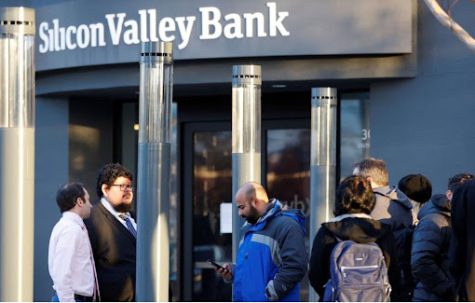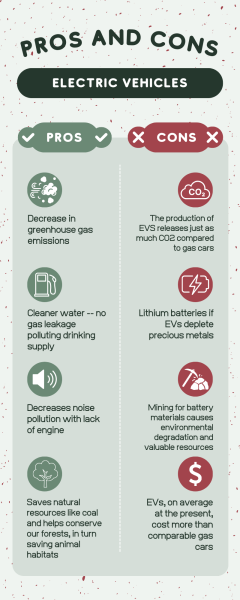Collapse of Silicon Valley Bank

Outside the Silicon Valley Bank headquarters in Santa Clara, California on March 13. Credit: Reuters

SANTA CLARA, California – The collapse of the Silicon Valley Bank on March 10 is among the most notable crises in the banking history of America since the global recession in 2008, when Lehman Brothers, a financial services firm and the fourth-largest investment bank in the United States filed for bankruptcy. Silicon Valley Bank’s business focused largely on US technology startups. Established four decades ago, its clients included brands such as Shopify, ZipRecruiter, and Andreessen Horowitz-a venture capital firm. The California Department of Financial Protection and Innovation closed Silicon Valley Bank headquarters in Santa Clara, California.
During the COVID-19 pandemic, there was a surge in the deposits from tech companies who profited from providing delivery services and entertainment to people at home. Silicon Valley Bank invested much of their cash deposits in US government bonds-traditionally considered to be one of the safest types of investment. Their troubles started last year when the US Federal Reserve started raising interest rates due to soaring inflation which caused the value of the bonds to fall. It’s the latest way the interest rates have hit the tech sector. Tech companies and the ecosystem created are highly sensitive to increases in interest rates because many of the startup companies operate on high levels of debt.
As the economic conditions for the tech sector became more confined following the pandemic crisis, many of Silicon Valley Bank’s customers began to withdraw their deposits to keep above water. Now short on cash, SVB was forced to sell its bonds at big losses, prompting financial concerns. And within 48 hours, panicked depositors had withdrawn enough funds to cause the bank’s collapse. SVB’s failure left some tech chief executives tussling to switch banks and exploring options for paying their staff, fearing that they would not be able to access their funds at SVB.
Since SVB is FDIC insured, the Federal Deposit Insurance Corporation (FDIC) was appointed receiver of the bank, which means that the FDIC took control of the bank’s assets and liabilities. FDIC transferred all deposits and substantially all assets of SVB to a newly created full-service FDIC “bridge bank” to protect all SVB depositors. Depositors have full access to their money and new and existing deposits are all protected. The Federal Deposit Insurance Corporation (FDIC) is an independent agency created by Congress to maintain stability and public confidence in the nation’s financial system. The FDIC insures deposits, examines and supervises financial institutions for safety, soundness, and consumer protection; makes large and complex financial institutions resolvable, and manages receiverships. Although SVB is FDIC insured, more than 93% of the $161 billion deposited at SVB is not insured by FDIC, according to Bloomberg News analysis.
The closure will have further impacts on the tech world and is presenting additional concerns for banks. Wedbush (private investment firm) analyst Dan Ives called it a “nightmare situation”. “This will have a massive ripple impact across the tech ecosystem and Silicon Valley private company artery. SVB is a foundational piece of the tech startup community and will have a constrained impact on funding for tech startups going forward,” Ives said in an email. Silicon Valley Bank was the largest bank collapse since the 2008 financial crisis and its meltdown drove concerns of a broader decline across the sector.
Your donation will promote student journalism at Hen Hud.

Zachary “Zac” or "ZZ" Zalamea is a Senior at Hen Hud. This is his second year as an Anchor writer. He has been with the boy’s soccer varsity team...











